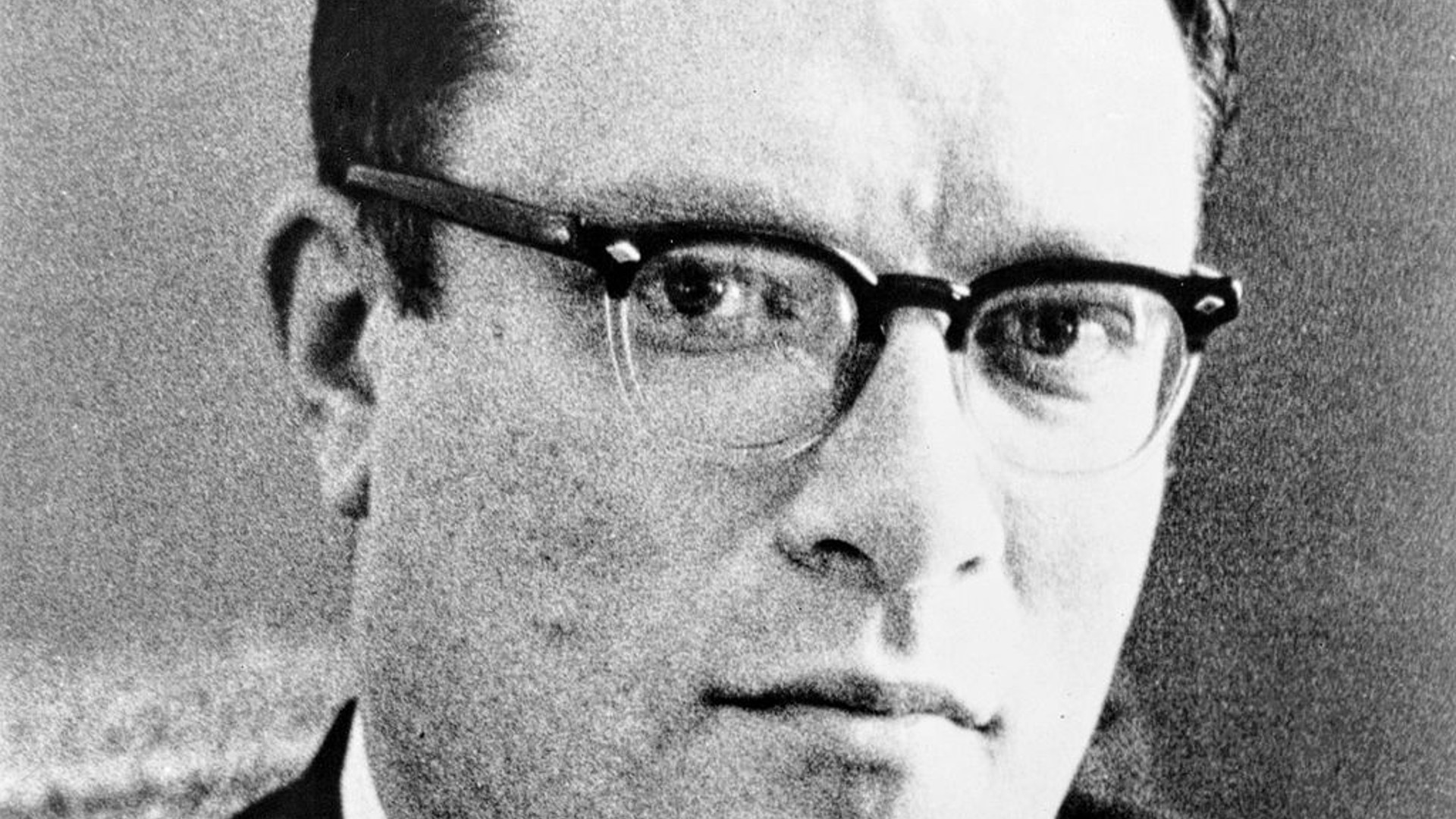“AI Trump world” —
Platforms have begun relying on users to clearly disclose AI-generated media.

Enlarge / AI-generated photo faking Donald Trump’s possible arrest, created by Eliot Higgins using Midjourney v5.
As the world waits to see if former President Donald Trump will actually be indicted today over hush-money payments to porn star Stormy Daniels, AI-generated images began circulating on Twitter imagining what that arrest would look like. Showing Trump resisting arrest and being dragged off by police, the realistic but very fake photos have already been viewed by millions.
“Making pictures of Trump getting arrested while waiting for Trump’s arrest,” tweeted Eliot Higginswho is the founder and creative director of Bellingcat, an independent international collective of researchers, investigators, and citizen journalists.
In a tweetHiggins confirmed that he used the impressively realistic AI engineMidjourney v5 to generate the fake images.
Ars couldn’t immediately reach Higgins for comment on the images, some of which have been viewed 2.2 million times on Twitter as of this writing.
Twitter guidelines say that users “may not deceptively share synthetic or manipulated media that are likely to cause harm” and suggest that, at the very least, the images may soon be labeled to “help people understand their authenticity and to provide additional context.” Ars reached out to Twitter for comment on the images, but—as CEO Elon Musk tweeted the company would do days ago—Twitter only responded with a poop emoji.
Twitter’s failure to label the somewhat convincing AI-generated images could potentially cause harm, as The Guardian reported that there has been a significant increase in online threats since news of Trump’s potential indictment started spreading. AP News reported that New York is already preparing for possible unrest if an arrest happens, and some users have remarked that Higgins’ images were convincing enough to fool them.
Legit thought these were real.
— Chris Jancelewicz (@CJancelewicz) March 20, 2023
We should really be putting watermarks on these that disclose they are AI generated and not real.
— Matt Karolian (@mkarolian) March 20, 2023
At least one Twitter user suggested Higgins should have put a watermark on the image to eliminate any potential confusion. But whether Higgins had any duty to do so remains one of those still-unanswered questions swirling online as AI-generated content becomes increasingly popular—creating a potential future where Internet users may be unable to believe anything they see online.
Midjourney could not immediately be reached to confirm whether Higgins’ images violate its terms of servicewhich includes community guidelines that ban “images or use text prompts that are inherently disrespectful, aggressive, or otherwise abusive.”[[Update: Midjourney allegedly banned Higgins on Wednesday.]
“Violence or harassment of any kind will not be tolerated,” the guidelines say.
Social media platforms are beginning to lay out ground rules for AI-generated content, and at least some have put the onus on users to label such content. TikTok is the latest platform to require that all realistic deepfakes be “clearly disclosed,” prompting users this week to start adding a “sticker or caption, such as ‘synthetic,’ ‘fake,’ ‘not real,’ or ‘altered’” to prevent confusion.
Anyone who clicks through Higgins’ thread of AI-generated images faking Trump’s arrest would likely realize that the images are not real. Not only do they show Trump resisting arrest and even running from police, but there are also images showing Trump seemingly prepared to tackle a cop and court scenes showing Trump sobbing, which could seemingly happen only well after any arrest.
Additionally, Higgins did arguably clearly label the images as fake in his initial tweet on the thread that says he’s “making pictures” and in subsequent tweets describing the images as “AI Trump world.”
Note: This article have been indexed to our site. We do not claim legitimacy, ownership or copyright of any of the content above. To see the article at original source Click Here













